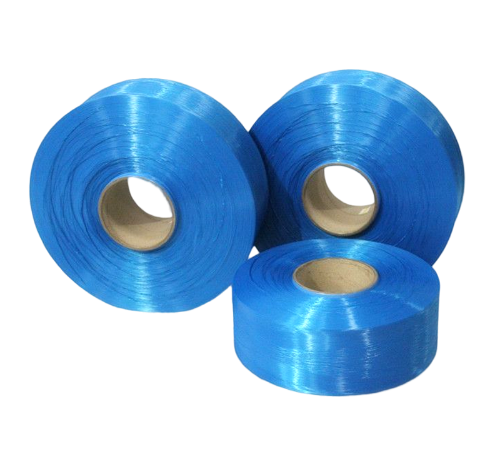Color polyester yarn can be classified based on various factors such as denier, filament count, colorfastness, and finish. Here are some common classifications of color polyester yarn:
Denier: Denier refers to the weight of the yarn. Color polyester yarn can be classified into different deniers, such as 75D, 150D, 300D, or 600D, depending on its thickness and strength. Higher denier yarns are generally thicker and more durable.
Filament count: Color polyester yarn can be classified based on the number of filaments it contains. Filaments are individual strands that are twisted together to form the yarn. The filament count can range from single filament (monofilament) to multiple filaments (multifilament). Higher filament counts generally result in softer and smoother yarn.
Colorfastness: Colorfastness refers to the yarn's ability to retain its color without fading or bleeding when exposed to various conditions like sunlight, washing, or friction. Color polyester yarn can be classified based on its colorfastness rating, such as excellent colorfastness or moderate colorfastness.
Finish: The finish of color polyester yarn refers to the treatment or coating applied to the yarn to enhance its characteristics. It can be classified into various types such as anti-static finish, anti-pilling finish, moisture-wicking finish, or flame-retardant finish. These finishes provide additional properties and functionalities to the yarn.
Specialty yarns: Color polyester yarn can also be classified as specialty yarns based on their specific characteristics. For example, there are UV-resistant yarns designed to withstand exposure to sunlight, water-resistant or waterproof yarns that repel moisture, and high-tenacity yarns that are exceptionally strong and resistant to breaking.




 English
English 中文简体
中文简体






 Home
Home